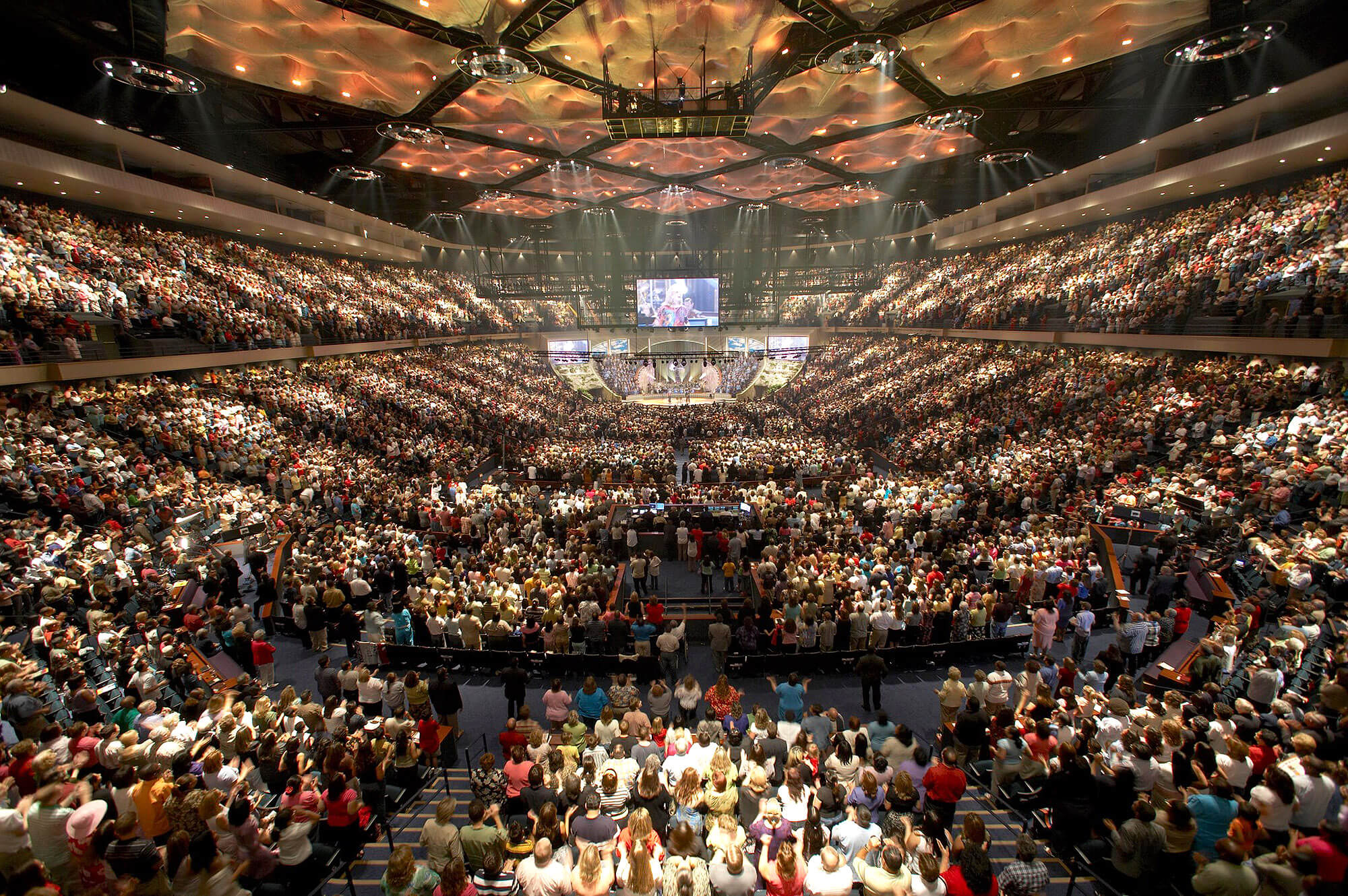

A couple weeks ago, we put out a survey asking congregations in San Antonio to answer a few questions about their work with the city’s most vulnerable communities. Responses are coming in. We’ll need a lot more data before we’re ready to report on the survey, but here’s a small taste of what we’re finding so far:
One church reported 75 weekly attendees and an annual budget of $350,000. Another church reported 700 weekly attendees and an annual budget of $2,000,000.
The smaller church says it gives between 33-50 percent of its budget — $115,000 to $175,000 — to San Antonio’s vulnerable communities each year. The larger church says it gives 5 percent, which is $100,000. So in this case, a smaller church with a far smaller budget is devoting more resources to vulnerable communities — not only as a percentage, but as a whole number.
This comparison is not meant to criticize the larger church, which is not giving away less money overall — in fact, 25 percent of its budget is devoted to giving outside San Antonio. It’s not less generous; it’s just less focused on vulnerable communities in our city.
One organization’s priorities are just that — one organization’s priorities. It’s hard to evaluate these differences — but given the circumstances in San Antonio, we ought to try. What is the right number? What percentage of a faith community’s budget should be devoted to its hometown? And what portion of its giving should address the most vulnerable — especially in a deeply inequitable city like San Antonio, and in an era of rising inequality?
Or, pose the question differently: What do people of faith expect their congregations to be doing on behalf of the poor? How much do they assume their church does, or can do?
These questions are complicated, and they can be vexing. But churches and faith communities are vital organizations, especially in a church-going city like San Antonio. To better understand the role they play, we need to come to grips with some basic realities.
We also need to understand the size of the need in San Antonio, and the potential size of the response from faith communities. Lots of claims are made about what faith communities could and should do about poverty and inequality. But there’s precious little rigorous analysis of those claims.
The point of this research is to better understand the role San Antonio’s faith community plays in addressing inequality. With clear information, churches and faith communities will be equipped to make good decisions about how to prioritize their resources.
As we gather this data, we’ll be able to say a lot more about the role faith communities are playing and could possibly play — along with a good sense of their limitations, whether those limitations are imposed by the size of their congregation, their budget, or simply how they choose to allocate their resources.
Much more to come — especially if you help us spread the word of this survey. If you attend a faith community — a mosque, synagogue, temple, church, congregation, or gathering of any kind — we want to hear from you and your community. Help spread the word.
This article was originally published by the H.E. Butt Foundation’s Folo Media initiative.